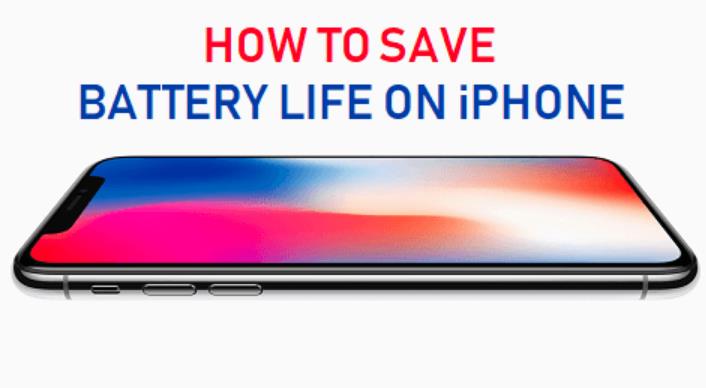The iPhone 15 models have a lot of new features to offer, but one of them might be especially useful for those who want to preserve their battery health. Apple has introduced a new setting that allows users to limit the charging level of their iPhone 15 to 80%, instead of the usual 100%. This can help reduce the stress on the battery and extend its lifespan.
What Is the 80% Limit Setting and How Does It Work?
The 80% limit setting is a new option under Settings → Battery → Battery Health & Charging → Charging Optimization. It is separate from the Optimized Battery Charging feature, which learns your daily charging routine and delays charging past 80% until a more appropriate time.
When the 80% limit setting is enabled, the iPhone 15 will never charge past 80%, no matter how long it is plugged in. This can prevent the battery from being exposed to high voltages and temperatures, which can degrade its capacity over time.

According to Apple, charging a battery is relatively efficient and uniform from 0% to 80%, but that last 20% generally takes more energy and produces more heat. Some users prefer to keep their battery between 40% and 80% at all times to prolong its health. Now, they can do so without having to monitor their charging manually.
Why Should You Use the 80% Limit Setting?
The main benefit of using the 80% limit setting is that it can improve your iPhone 15 battery’s lifespan by reducing the time that the battery is fully charged. A fully charged battery undergoes more chemical reactions and wears out faster than a partially charged one.
By limiting the charging level to 80%, you can slow down the aging process of your battery and maintain its maximum capacity for longer. This can also help you avoid having to replace your battery sooner than expected.
However, there are some trade-offs to consider before using the 80% limit setting. The most obvious one is that you will have less battery life available on your iPhone 15. Depending on your usage habits, this might not be a big issue, but if you need more juice for a long day or an emergency situation, you might regret not having a full charge.
Another drawback is that you might miss out on some of the benefits of Optimized Battery Charging, which is designed to optimize your battery health based on your usage patterns. For example, if you usually charge your iPhone overnight, Optimized Battery Charging will stop charging at 80% and resume charging to 100% just before you wake up. This way, you can have a full charge when you need it without keeping your battery at 100% for too long.
If you enable the 80% limit setting, however, Optimized Battery Charging will not work at all. You will always wake up with an 80% charge, regardless of your schedule. This might not be ideal for some users who want both convenience and battery health.
How to Enable or Disable the 80% Limit Setting?
If you want to try out the 80% limit setting on your iPhone 15, here are the steps to follow:
- Go to Settings → Battery → Battery Health & Charging → Charging Optimization.
- Tap on 80% Limit and confirm your choice.
- Plug in your iPhone 15 and watch the charging indicator stop at 80%.
If you want to disable the 80% limit setting and go back to normal or optimized charging, here are the steps to follow:
- Go to Settings → Battery → Battery Health & Charging → Charging Optimization.
- Tap on None or Optimized Battery Charging and confirm your choice.
- Plug in your iPhone 15 and watch the charging indicator reach 100%.
You can change this setting anytime you want, depending on your preferences and needs.
Conclusion
The iPhone 15 models have a new battery health setting that prevents them from charging beyond 80% at all times when enabled. This can help improve the battery lifespan by reducing the stress on the battery. However, it also comes with some drawbacks, such as less battery life and no optimized charging. Users should weigh the pros and cons before using this setting.
